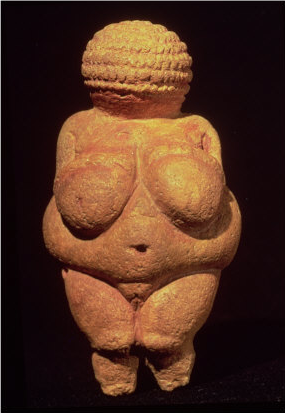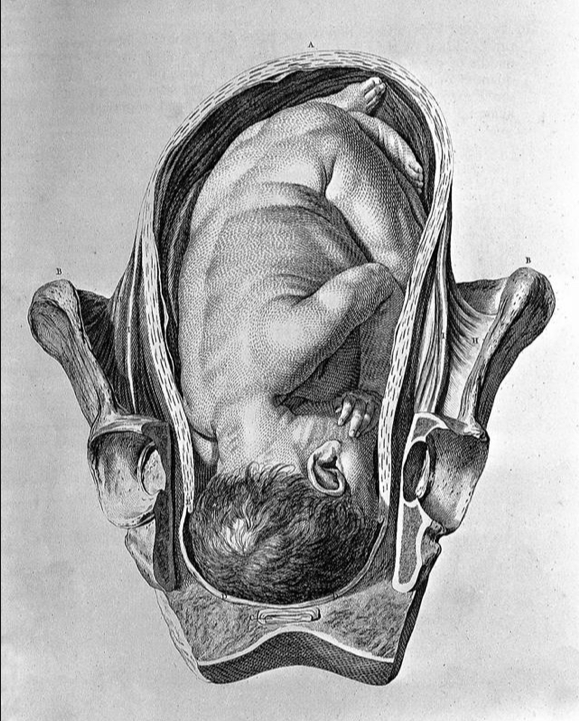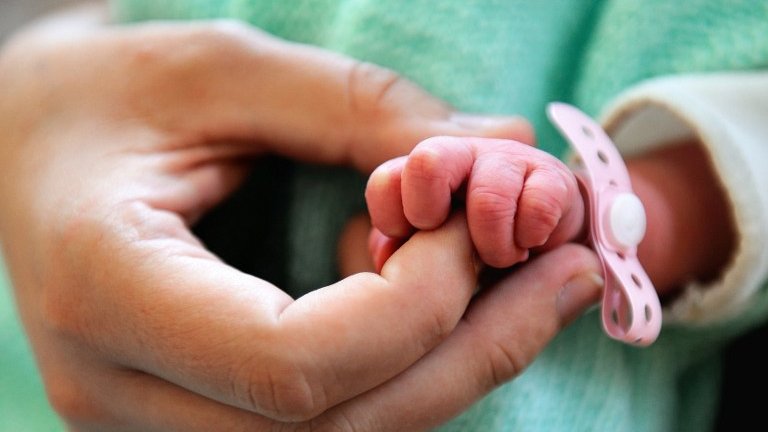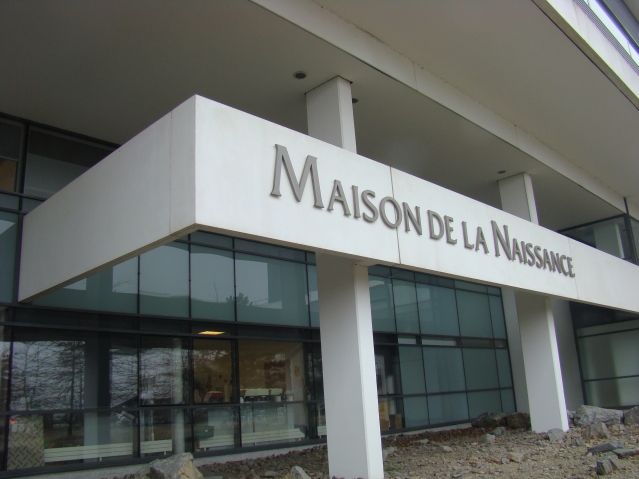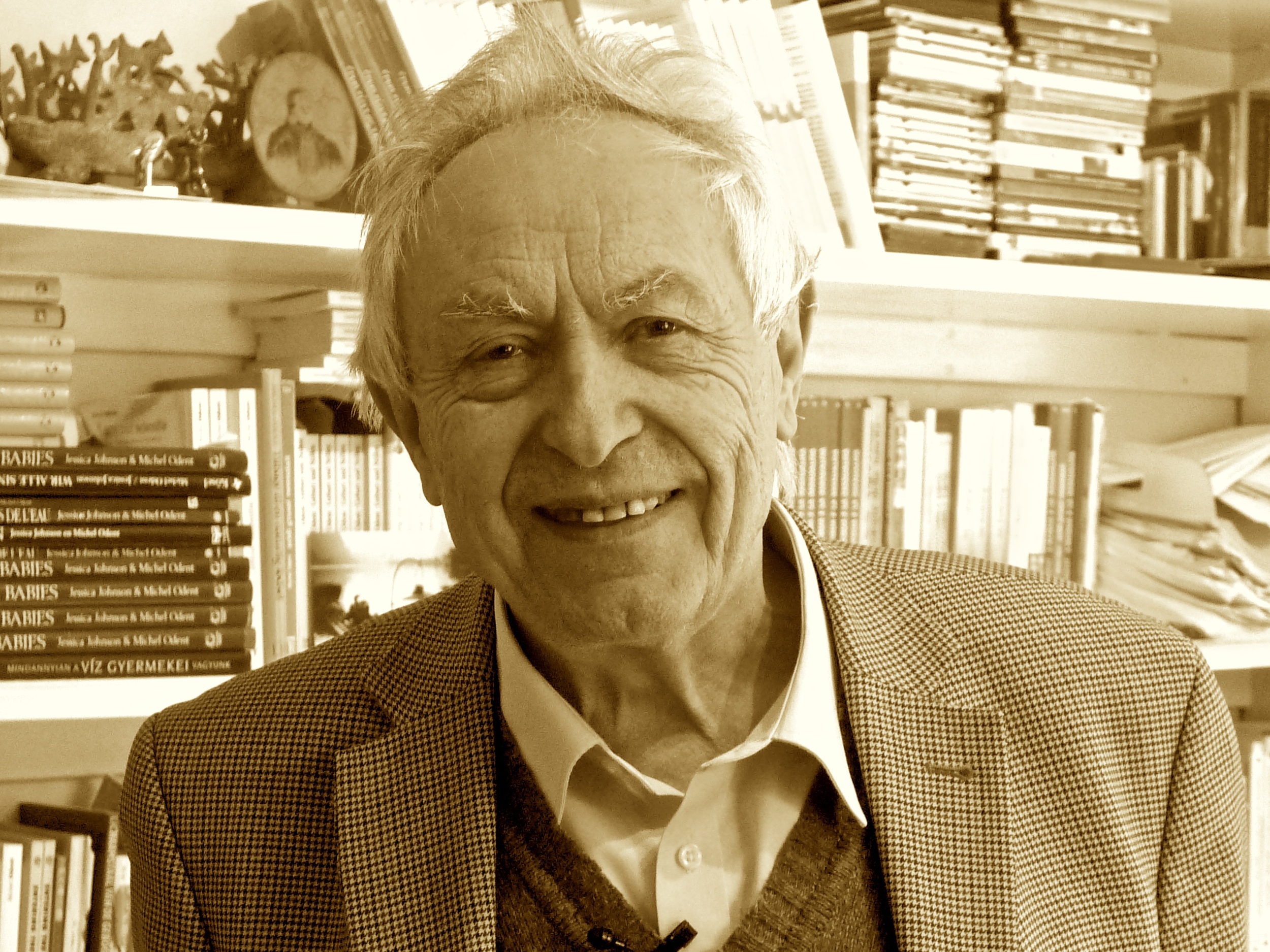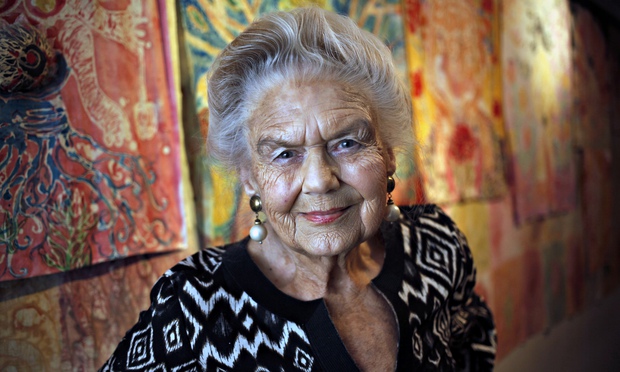Falling in love
Imagine that feeling when you first get together with someone you are madly, head over heals with: you dissolve into a magical bubble of love, compelled to devour every second of it. You don’t want to lose a moment to wash, to sleep…you can barely be bothered to eat. Ordering take-away Pizzas and spending hours simply gazing into one another’s eyes, wrapped in the snoozy bliss of each others arms. It’s the best sight you ever saw, the best music you every heard, the best food you ever ate. …Your senses are heightened, and a fuzzy feeling occupies your entire body.
This, my friends, is Oxytocin, and this is what it often feels like when you first meet your baby, in the inital few weeks of falling in love... In fact, your brain is hardwired to make this happen. These ‘Overpowering hormonal tides,’ as psychologist Sue Gerhardt calls them, are what makes mums want to constantly touch, look at, and nurture their babies.
Evolution gave us winey, dependent, little miniature-humans that require their entire needs to be catered for, constantly. And so, mother nature also gave us the necessary hormones to engage in the otherwise unlikely inclination to burden ourselves with this needy little parasite!
Theses are the origins of a baby's emotional, as well as physical life
The first few weeks, and indeed first few years, are a pivotal time for the baby’s physiological, psychological, and neurological development: in seeding bonds, and in regulating their early social experiences.
As well as physically nourishing the baby with her milk, the mother’s touch regulates the baby’s temperature, his muscle activity, his growth hormones and at the same time, disperses his stress hormones.
Just like us, babies produce stress hormones such as adrenaline and cortisol, when they feel alone and fearful and ‘happy chemicals’ such as endorphins and dopamine, which are triggered when they feel safe secure and loved. Such processes have a powerful impact on the early shaping of a baby’s brain.
In fact, many psychologist have argued that the simple act of being held, has the most powerful impact of all, on baby’s early development.
The development of the infant brain is a hefty and complex topic, but Gerhardt’s book ‘Why Love Matters,’ describes the neuroscience of this in great detail, and is a book that I highly recommend.
It is as a result of these intimate processes and mix of hormones that mother’s feel compelled to stay enveloped in this bubble of love with their baby. She needs to be physically present for her baby almost non-stop, especially in the initial few weeks. This can be utterly exhausting: physically, emotionally, and mentally…and like in any period of great change and unfamiliarity we need support, assistance and reassurance in order to thrive and to flourish.
This is where a postnatal Doula can help: She assists the mum to make space, time, and room, for this love story to take place, uninhibited by other mundane daily tasks and worries….
Imagining Another Reality
One of my Doula clients who I am caring for at the moment had her first baby in the Netherlands (A homebirth of course!). The Dutch are often upheld as demonstrating a ‘gold standard’ of maternity care. For a start, they totally rock the homebirth statistics. And they invest FIERCELY in women’s postnatal support: each new mum is allocated a maternity nurse who visits her house for the first few weeks following birth. This specialist nurse is called a ‘Kraamzorg.’ They provide early advice and assistance relating to physical health, such as breastfeeding and nappy changing. They also clean your house. They make your meals for you. And it’s all included as part of state-funded health.
No people, this isn’t Nirvana, this is the Netherlands….
As usual, the Dutch are leaps and bounds ahead, in terms of their long-term foresight into what constitutes building a healthy society. The Kraamzorg service is rooted in an understanding of the importance, and effectiveness, of investing in motherhood and the early postnatal period.
Many other societies and cultures replicate a similar period of rest, repose and support, for new mothers. Some cultures even insist upon a ‘lying in period’ where a new mother is entirely exempt from usual daily household duties. They are waited on hand and foot, by other female members of the their communities, and this period can last up to one month! (Read Sheila kitzinger for more info on these cross-cultural/ anthropological perspectives of motherhood – she explores them in depth!)
What does a postnatal Doula actually DO?
The name ‘Doula,’ in general terms, refers to someone who supports, and assists a woman during their journey through pregnancy and new motherhood. In the words of a good friend of my “She's a bit like your best pal for pregnancy.”
‘Postnatal’ or ‘Postpartum’ simply means after your baby is born. A bit like ‘ante’ natal means before…
The purpose of the Postnatal Doula, as I see it, is both functional and practical. More crucially, she is an experienced expert in facilitating the whole range of needs of mums and babies, at this very important time…
Personally, I worked part-time as a nanny before I became a Midwife and a Doula so I get mums and I get babies, in their full array of unique emotional & physical requirements.
Having a Postnatal Doula, is just like having your mum, or another experienced friend/relative around the house to help you out.
It takes the pressure off and allows you to regain some sanity and a sense of a world outside of your bed & your baby. Or, it allows you the ability to have 100% love-time with your newborn, while somebody else takes care of the practical stuff.
Different women have entirely different needs…it’s all fairly flexible. We offer help and support – whatever that means for you.
The expert functions
Postnatal Doulas understand mums and they understand babies. They can help you navigate your way around adjusting to the the needs of this brand new tiny human. This might include:
- Breastfeeding support
- Advice/help with postnatal exercise
- Helping you to express milk
- Reassurance and guidance on all sorts of mini-human functions:
settling the baby, bathing the baby, changing nappies and understanding sublime things such as poo textures, colours etc.
The practical functions
Covers, quite literally, anything and everything else: anything you need, that you would normally do for yourself, if you were not so busy being madly in love with your baby and catering for their 24/7 needs. Think of it like having a Postnatal PA.
- food shopping
- assisting with making meals
- washing, tidying…
- sterilising bottles and/or breastpumps
- looking after the baby while you shower, etc
‘Devon Clement,’ the blogger behind ‘mama’s best friend,’ has written a brilliant blog, which describes the day to day task of a Postpartum doula beautifully: http://mamasbestfriend.com/day-home-postpartum-doula/
The chicken noodle soup scenario
When I describe postnatal Doulas to my friends I often use the chicken noodle soup scenario.
When I am sick, recovering from an illness, or feeling otherwise out of sorts I always want a certain type of homemade chicken soup.
Ideally, my mum or one of my female relatives would be the maker of this broth: she’d have roasted a chicken the day before and made a stock with the carcass. She would follow the traditional family recipe that we call ‘Panackalty,’ perfected by my grandparents, and quite probably their great-grandparents….This is the exactly the Stuff that my body and soul longs for.
It’s the culinary embodiment of home, health, and ultimate wellbeing. And this stuff, in times of hardship, is like liquid gold for me.
The amount of women I have looked after in hospitals, where their (most often) mum or female family member arrives, shortly after their baby has emerged into the world, with some kind of traditional broth or hot meal or equivalent, has cemented this idea for me. I equally have beautiful memories of being at Homebirths in estates in Brixton, where we’d all sit round after the birth and Eat Saltfish&Acky with Rice&Peas, concocted by the woman’s Jamaican grandmother.
The Postnatal Doula also does this: she’s the Jamaican grandmother, the maker of the broth. When you tell her it has to be THAT soup, made exactly THAT way, or bought from THAT particular shop. She doesn’t think you are demanding or spoilt or totally outrageous. She completely understands…She helps you with anything that your body or soul needs at this important and crucial time. And she doesn’t judge.
Of course the soup is merely an example, a metaphor. but you know exactly what I mean right? You just need the soup. – The Doula will bring you the Soup.
Mothering the mother
For some people, the idea of being a Doula might not sound that appealing: it probably sounds a bit like being a maid. And in some respects it is; the term Doula actually derives from the ancient Greek word for ‘female slave.’ However, we do this job not through an obsessive love of grocery shopping or tidying-up… we do it from a genuine love of supporting other women.
The support we give stems from a deep appreciation, and an empathy, for women’s needs, desires and vulnerabilities, around new motherhood.
What I refer to as a Postnatal Doula here, does not necessarily have to be someone you pay or hire. The term covers a broad concept and/or role. Many women are lucky enough to have one of their own relatives or friend who fullfils this role exquisitely.
However, due to the nature of our ultra modern lifestyles – frequently migrating to cities far from our homelands and families - many of us find ourselves out of reach of such traditional support networks.
And as with the ‘labour doula,’ many fathers have now begun, to some extent, to take on this role.
As a community midwife working in London, I frequently would see grandmothers travelling from afar, quite literally from all over the planet, to camp up for a few weeks around the birth of their grandchild. However I also saw many new mothers and fathers struggling alone, in the early days, to navigate and interpret the needs and desires of their new baby, exhausted, frustrated and confused…It can be a challenging as well as joyous time.
Since we don’t yet have the system that they do in the Netherlands, many mothers have found that hiring a professional Postnatal Doula is a really good investment in their own and their baby’s wellbeing, and quite frequently their partners too!
Just like in other aspects of our health, when the state-funded care doesn’t quite cut it, and we want a more personalised, specialised and holistic service, we decide it’s worth splashing the extra cash. To me, it’s not that dissimilar to when you pay for a massage, or acupuncture, or a yoga retreat…you know its good for you, so you don’t mind the investment. And arguably it’s a more fruitful investment that a designer handbag…









